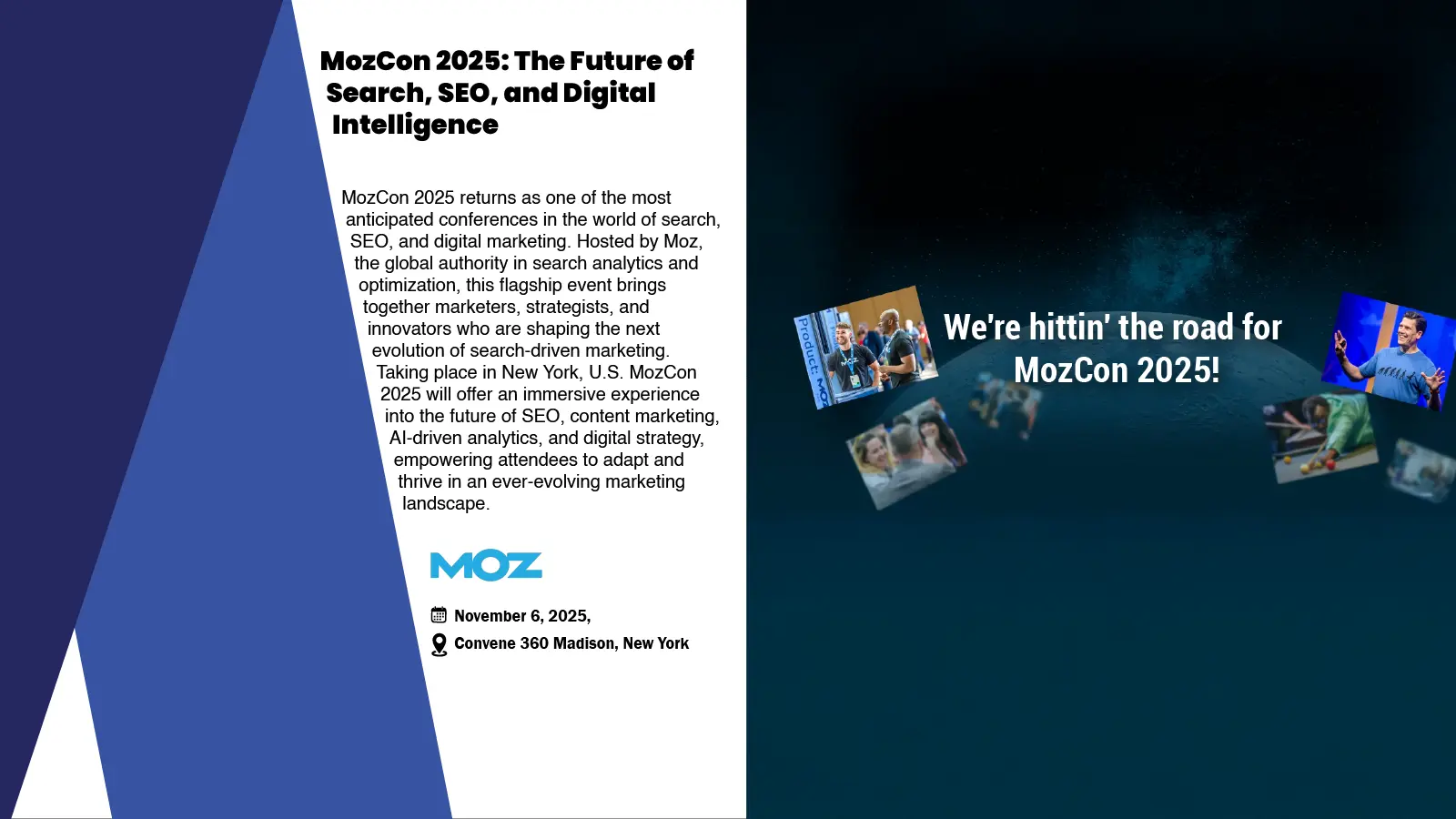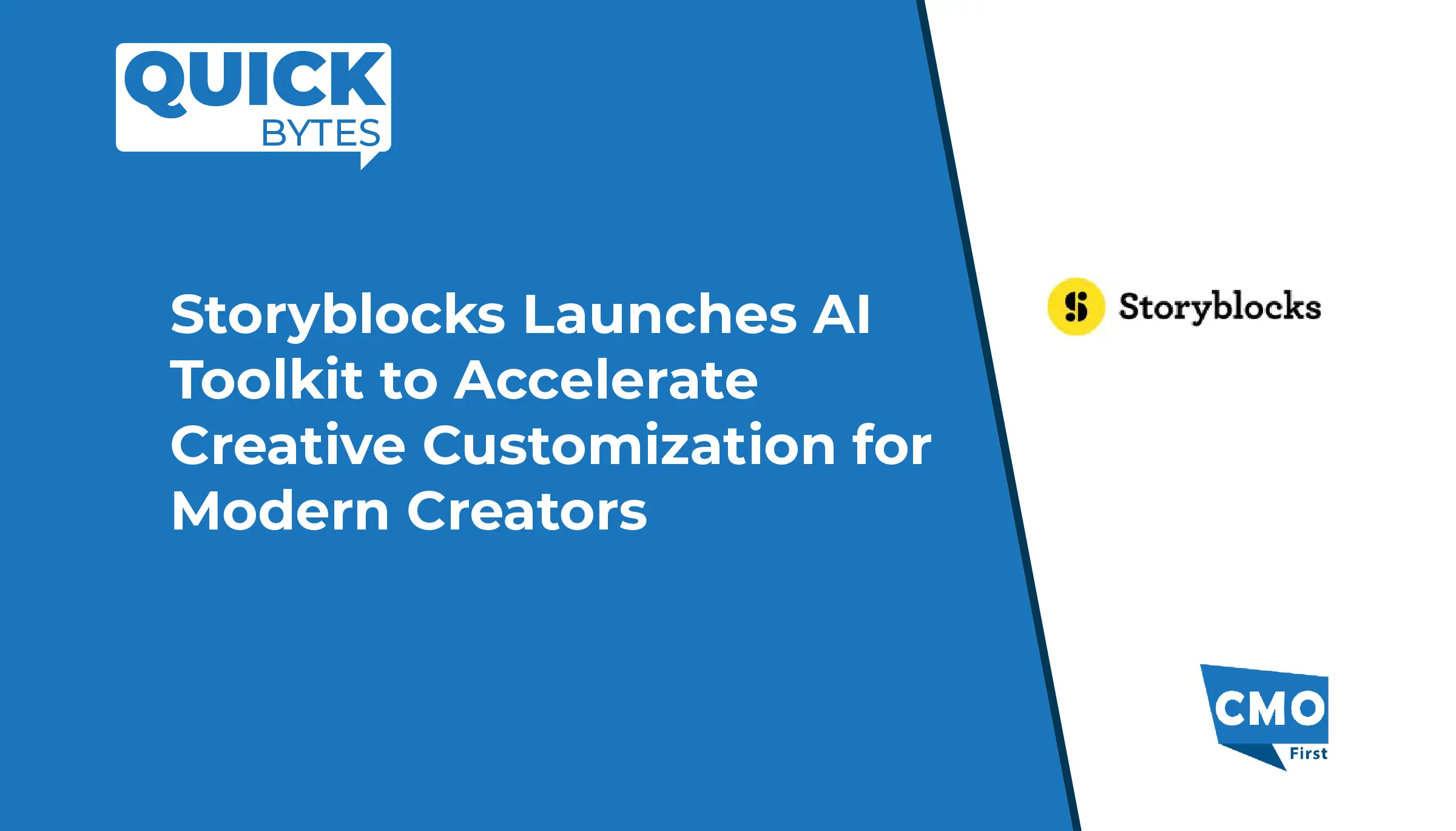The CMO’s job can be gratifying, elusive, and challenging. Today’s chief marketing officer has their hands full, from handling all elements of marketing to product development. The job’s complexity is reflected in high turnover and frequent breakdown. However, organization’s full marketing potential can be realized by addressing the challenges that CMOs face head-on.
Today’s chief marketing officers are frequently involved in public relations, content planning, communication, product design, market research, sales, and technology development, among other things.
While this level of involvement provides for a fascinating and dynamic profession, many CMOs feel overwhelmed. With an ambiguous job description, excessive expectations, and a changing media landscape, it’s reasonable that a CMO could be feeling the pressure.
Here are five challenges that CMOs face.
Uncertainty about the role
Marketing’s scope is continually expanding. As a result, the role of the CMO is in constantly changing and evolving, making their job description ambiguous or even non-existent in some circumstances.
When a CMO’s professional duties are unclear, they’re not the only ones who are perplexed, colleagues and even consumers are likely to be as well. When the responsibilities at the top are unclear, it can feel practically impossible to come up with sensible solutions.
Also Read: Challenges of Internet of Things (IoT) in B2B Marketing
Organizations that have a clear understanding of who is responsible for what foster transparency, accountability, communication, and creativity across the board. Any partnership should start with defining the CMO’s roles and duties. By defining their value upfront, a CMO can help shape the C-suite’s expectations.
Expectations are sky high
Unrealistic expectations are frequently the result of role confusion. C-suite executives may ask why more isn’t happening faster when a CMO’s responsibilities are uncertain. It’s common to confuse marketing tools with marketing outcomes; after all, if technology speeds up work, why isn’t it also speeding up results? Long-term results, unfortunately, require time. They’re also not always immediately visible.
It is in everyone’s best interest for C-suite executives to commit to learning about marketing techniques and what can be accomplished in a reasonable amount of time. CMOs should be aware of their limitations, refrain from overpromising, and be transparent with C-suite executives. It is always preferable to be straightforward from the start, rather than disappointing clients and colleagues with a subpar final product.
Misalignment
CMOs and non-marketing executives frequently have different marketing plans in mind. While the rest of the C-suite may be more focused with generating sales, a CMO may prefer to focus on client acquisition.
It’s critical for marketing and non-marketing executives to come up with a common set of important marketing goals for the year. The CMO can then better utilize innovative solutions to address the company’s most critical concerns. Again, clear communication is essential in this situation. A work culture that values mutual accountability can benefit everyone.
Overload of information
There is simply too much to process. It can be difficult to know who and what to listen to when there are so many voices proclaiming their authority on a subject. Marketing is densely filled with experts and recommendations.
The good news is that a CMO is likely aware of this situation and is already aware of the significance of being cautious and discerning. Effective marketers, on the other hand, try to predict trends. CMOs might impose time limitations on information gathering to minimize information overload while staying ahead of the curve.
Also Read: Top B2B Marketing Pitfalls that CMOs Should Avoid for an Efficient Marketing Funnel
Staying updated while focusing on one’s company is easy with social listening. CMOs can see what customers are saying about their business in real time by following their company on social media. Hashtags can uncover relevant information and provide analytics to determine which social platforms and demographics are performing effectively.
Inadequate metrics
Despite all of marketing’s progress, there are still no set, agreed-upon method to determine the effectiveness of a campaign. A CMO’s task is difficult to quantify. This makes it tough for the CMO to enlist the help of non-marketing executives.
Using market research tools is one way a CMO can get around this. Focus groups and consumer interviews, for example, might help fill in the gap.
Marketers must fight for clean, accurate, and up-to-date data. It’ll be the only method to connect customer experience with innovation, create the alignment they will need to achieve their objectives, and show the value of their efforts.
























Leave a Reply